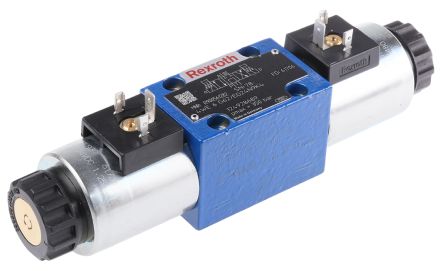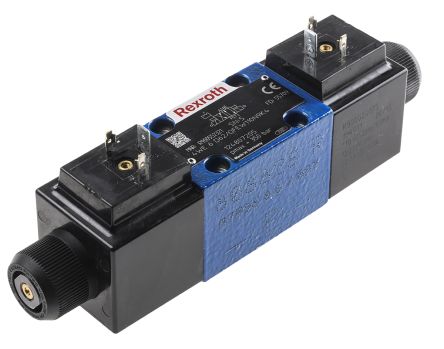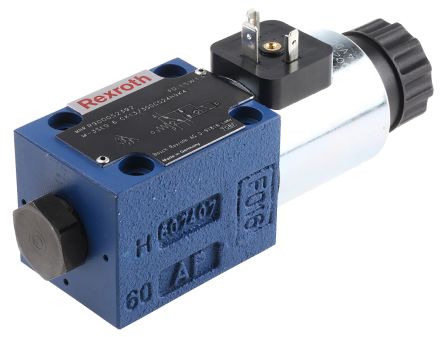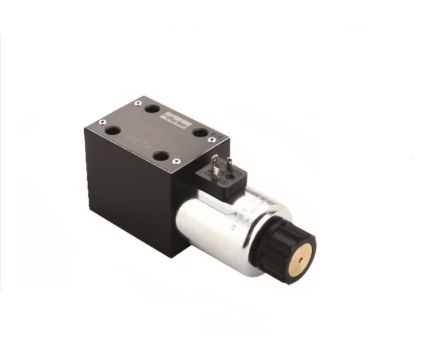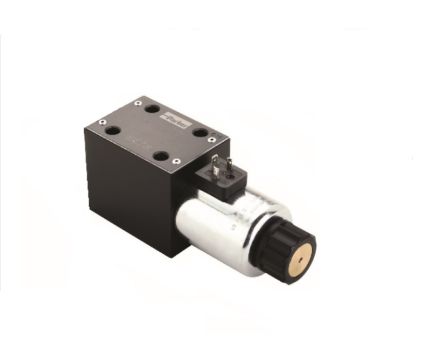- Automation & Control Gear
- Cables & Wires
- Enclosures & Server Racks
- Fuses & Circuit Breakers
- HVAC, Fans & Thermal Management
- Lighting
- Relays & Signal Conditioning
- Switches
- Batteries & Chargers
- Connectors
- Displays & Optoelectronics
- ESD Control, Cleanroom & PCB Prototyping
- Passive Components
- Power Supplies & Transformers
- Raspberry Pi, Arduino, ROCK, STEM Education & Development Tools
- Semiconductors
Hydraulic Directional Control Valves
Hydraulic Directional valves are mechanically operated devices used to start, stop and change the direction the flow of fluid in a hydraulic system or circuit. Also known as a DCV (Directional Control Valve) they can have a number of actuation methods including buttons, levers or solenoids. RS offer a range of high-quality directional control valves from leading brands including Parker and Bosch Rexroth.
How does a Hydraulic Directional Control Valve Work?
Most directional control valves use spools that slide or rotate between the internal passages in the valve. The spools allow the hydraulic fluid to flow through open ports depending on the position of the spool. The spool can be actuated in different ways including levers or electrical solenoids. Electrically operated solenoid valves can be single or double actuated. Double actuated valves have a solenoid at each end and single operated valves have a solenoid at one end and a spring at the other end to control the spool back to the normal or resting position.
How are Hydraulic Directional Control Valves Classified?
Hydraulic directional control valves are characterized by a standard numbering system consisting of two numbers. The first number represents the number of fluid ports or ways in the valve has and the second number represents the number of positions the valve has. For example, 3/2 (three-way / two-position), 4/2 (four-way/ two-position)
What is CETOP?
CETOP stands for Comité Européen des Transmissions Oléohydrauliques et Pneumatiques. CETOP is the European Fluid Power Committee. CETOP is the communications platform for fluid power in Europe. CETOP mounting valves have a standard mounting pattern for modular construction. It ensures that any valves from any manufacturer, providing the CETOP pattern is the same is compatible with each other.
